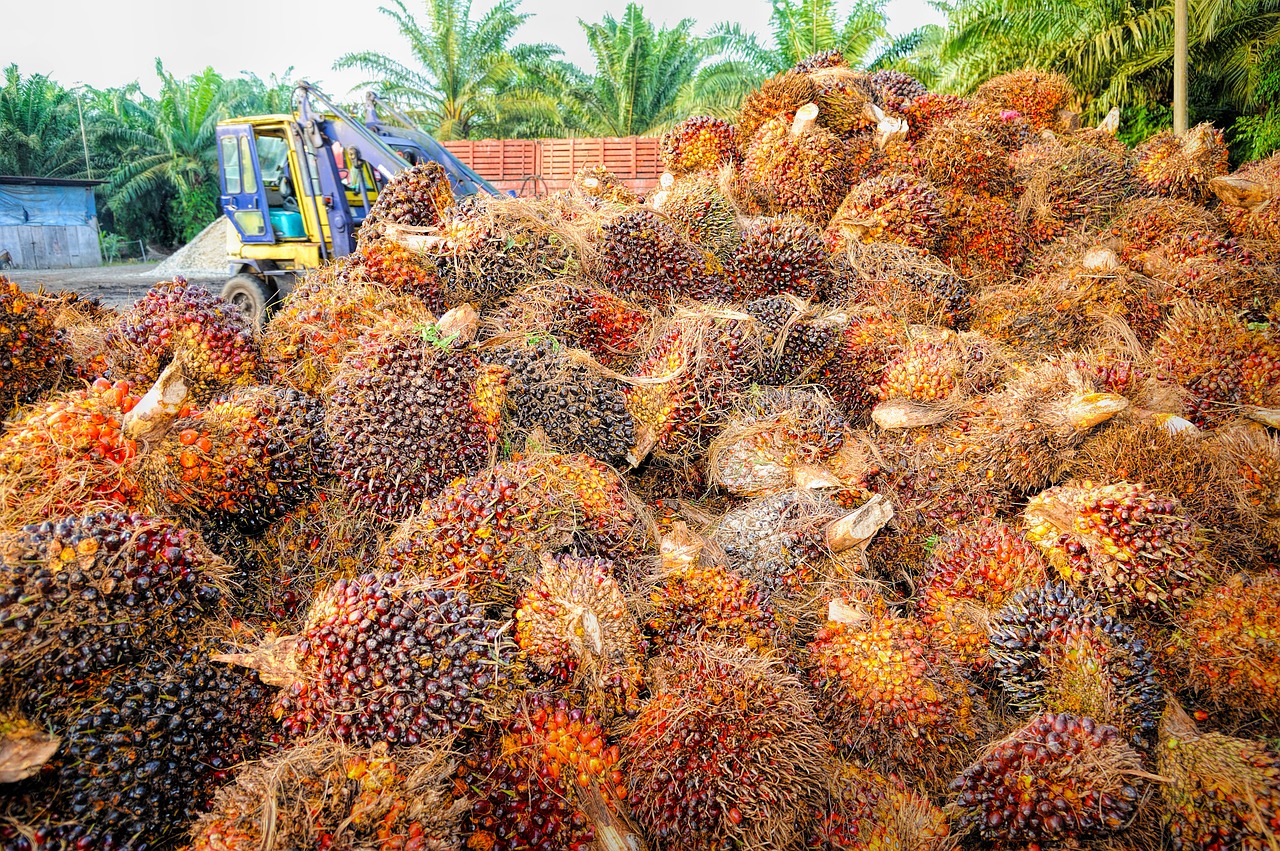**This article was published in English and has no translation in Bahasa Melayu**
**This article was published in NEW STRAITS TIMES on 18 March 2019.**
By Prof Datuk Dr Mad Nasir Shamsudin

The Malaysian palm oil industry has played an important role in the Malaysian economy. The planted area had expanded phenomenally from a mere 55,000 ha in 1960 to 5.849 million hectares in 2018. In tandem with the area expansion, the production of palm oil also grew significantly from less than 100,000 tonnes in 1960 to about 19.516 million tonnes in 2018. This rapid expansion, especially in the 1960s, was encouraged by the diversification strategy of the Malaysian government, which recognized palm oil potential as a complementary crop to rubber.
Presently the palm oil industry contributed 4.67% to the country’s Gross Domestic Products (GDP), and approximately 46.6% to the agricultural GDP. Total exports of oil palm products were 23.97 million tonnes in 2017 with the export revenue of RM77.85 billion. Palm oil export earnings alone was RM46.12 billion. The global market is expected to grow with rising global population and income, increasing biofuels production, accelerating economic growth especially in the developing economies, and growing application in various markets.
Despite the impressive achievements, palm oil continues to receive criticism and alleged links to such as deforestation, climate change, health effects, and market restrictions in terms of tariff and non-tariff trade barriers. This has resulted in the negative sentiments leading to the degradation of demand of palm oil-based products and export market access.
Added to the above challenges is agricultural commodity price volatility and instability. Price volatility is endemic and almost an inherent feature of commodity production due partly to inelastic supply and demand. Slight changes in the fundamental factors would have a large impact on prices.
Crude palm oil (CPO) prices dropped to three-year lows in November and December 2018 amid high stock levels in Southeast Asia and weak demand. Stocks was reported at a record high of 3 million tonnes. Exports dropped by 12.9% month-on-month to 1.38 million tonnes as major buyers such as China, the EU, Pakistan and the Philippines bought less of Malaysian palm oil products. Consequently, the average CPO price in November stood at RM1,830.50 per tonne, down by 12% month-on-month. In 2018, the average CPO price was RM2,267 per tonne against RM2,817 a tonne in 2017. Other than fundamental factors of supply, demand, and stocks, palm oil prices are also affected by price movements of soybean oil, which competes for a share of the global vegetable oil market, and influenced by crude oil because the edible oil is also used as feedstock to make biodiesel.
Based on the past CPO price patterns, the low price level in 2018 was also due to the four year cycle in the commodity prices. These cycles are extended periods during which commodity prices are well above or below their long-run trend. Before 2018, the last low price cycles was in 2015.
The prices had rebound in January and February 2019 to RM2,037 and RM2100.50, respectively, as compared to November and December 2018 prices at RM1,830 and RM1,794.50. The general opinion is that the prices of crude palm oil and other oils depend on the outlook for palm stocks. It is predicted that stocks will fall till mid-year in line with seasonal production trends which will lift the crude palm oil prices, especially if Indonesia maintains its heightened pace of biodiesel use.
The crude palm oil prices are expected to rise to average between 2,200 and 2,300 ringgit per tonne by June on a seasonal decline in stocks. As one of the largest import of Malaysian palm oil at 2.514 million tonnes in 2018, the cut of import duties on crude palm oil from some countries, including Malaysia and Indonesia, to 40% from 44% by India and on other palm oil to 45% from 54% will also boost the prices.
For 2019, though supply of CPO will remain ample due to steady production growth in Indonesia, but consumption will grow by a strong 5% year-on-year, at the fastest rate recorded since 2013. With low stock levels and firmer soybean oil and crude oil prices, the CPO prices are forecasted to be higher in 2019 than in 2018 with at an average price of RM2,300 per tonne.
 |
Prof Datuk Dr Mad Nasir Shamsudin
Lecturer
Faculty of Agriculture
|
Date of Input: 23/10/2019 | Updated: 28/11/2019 | hairul_nizam
MEDIA SHARING




























